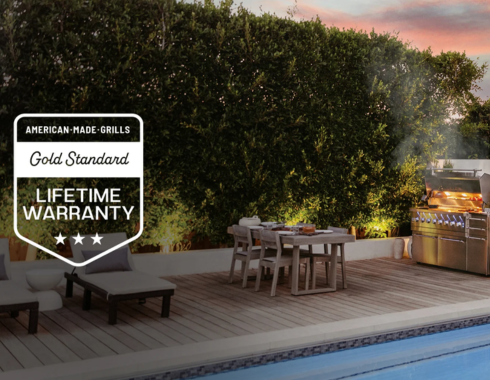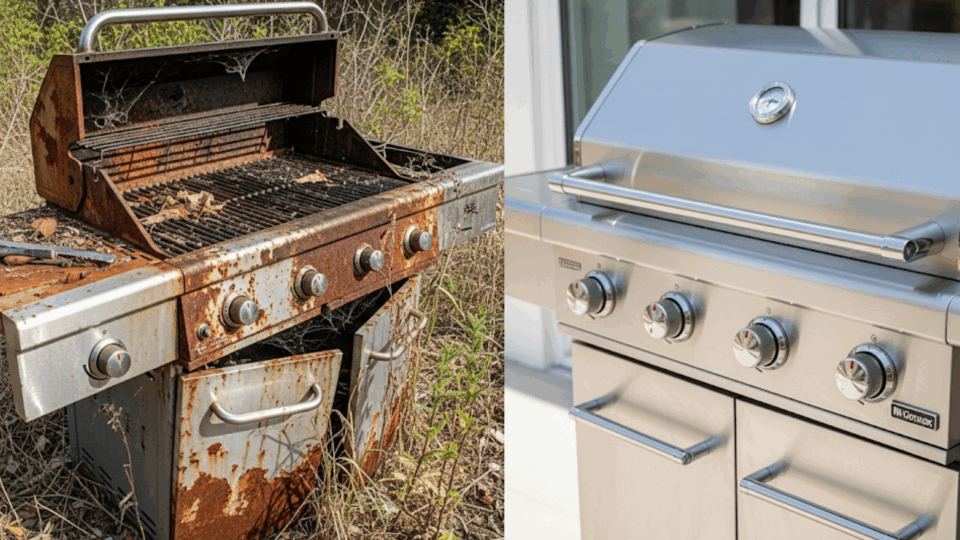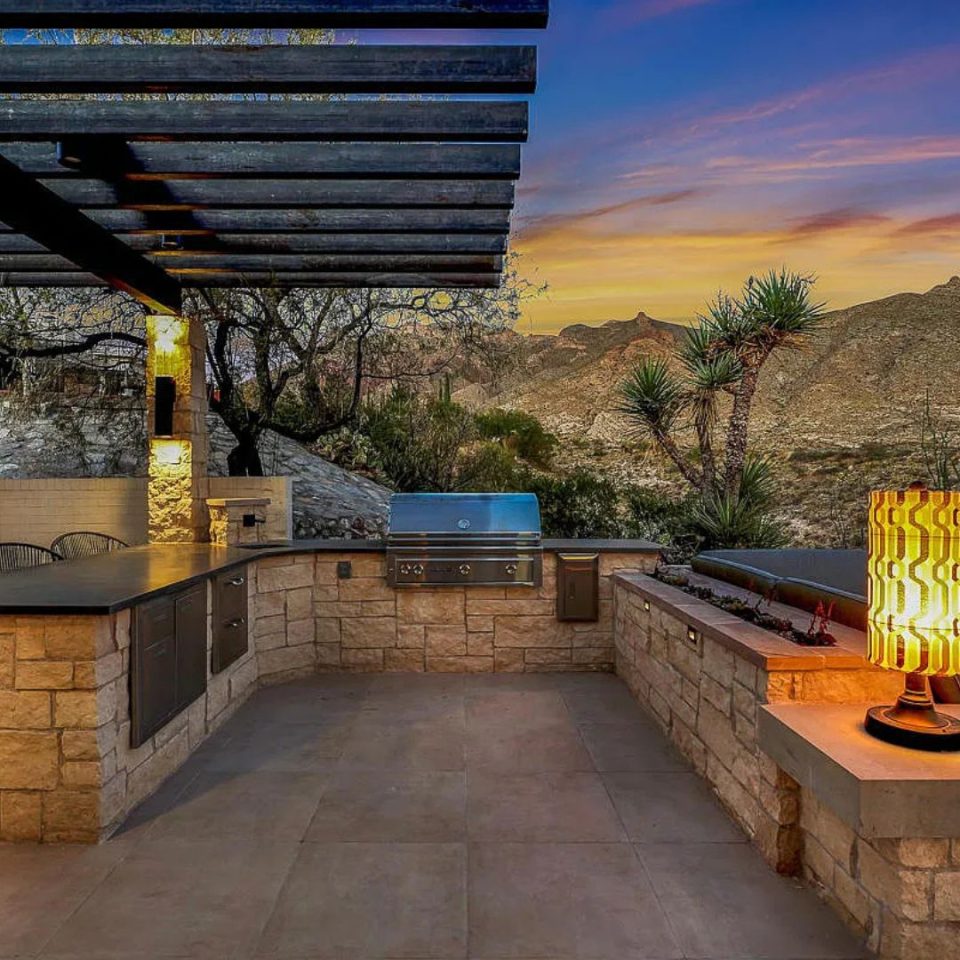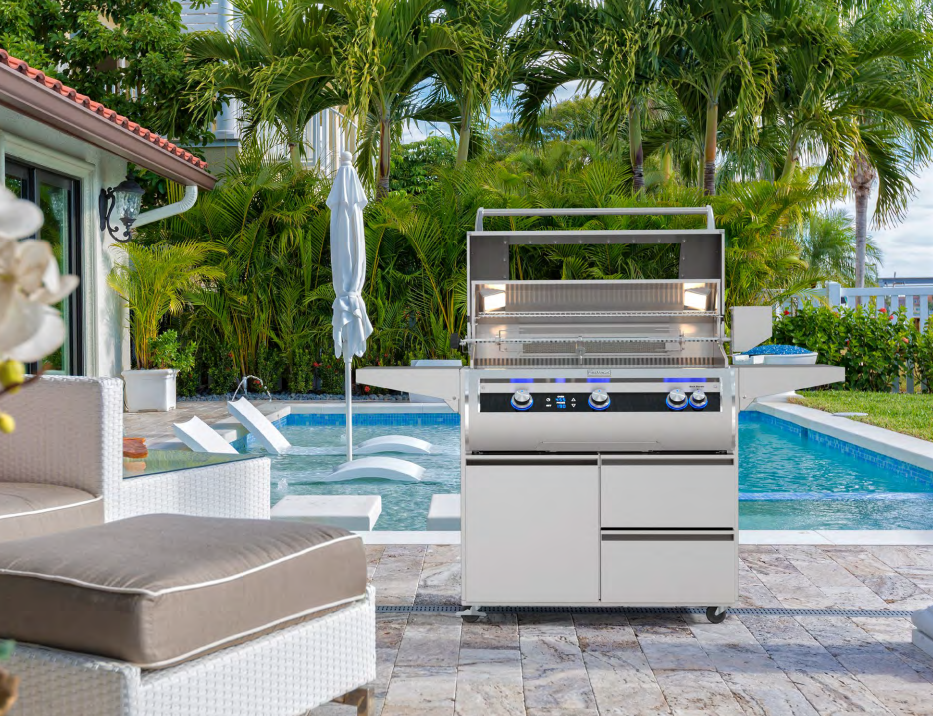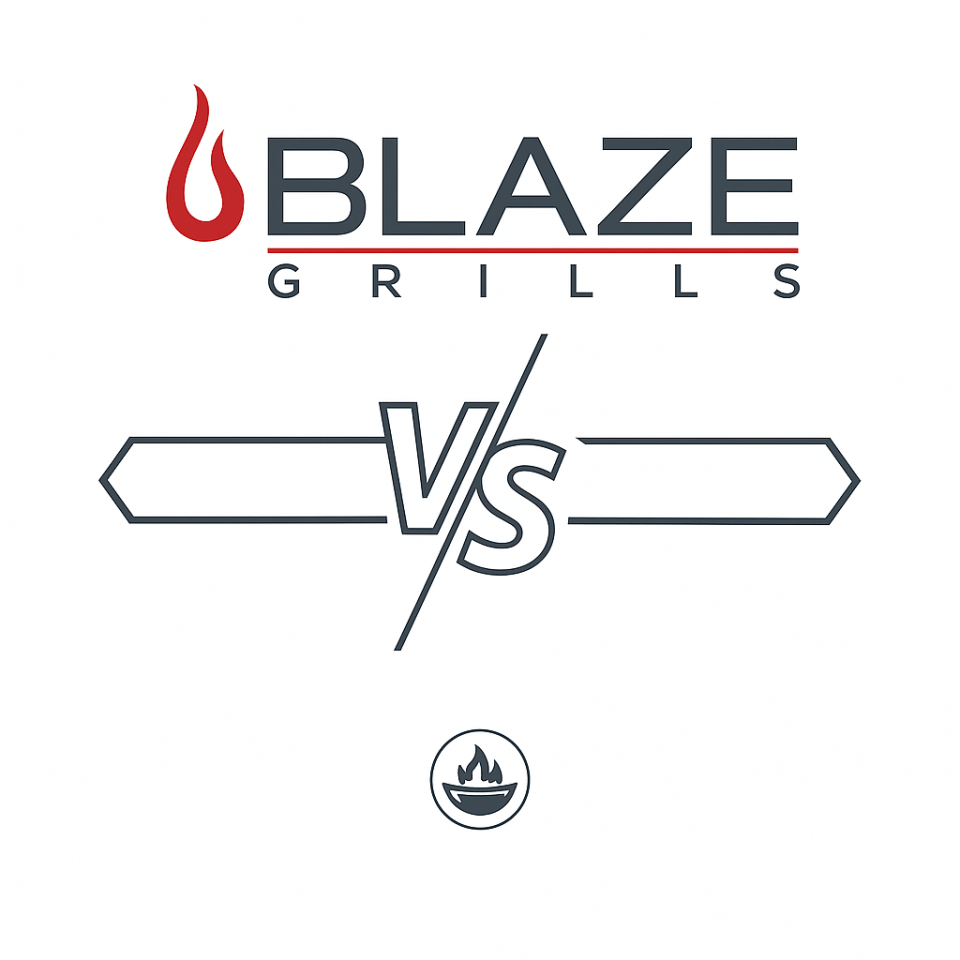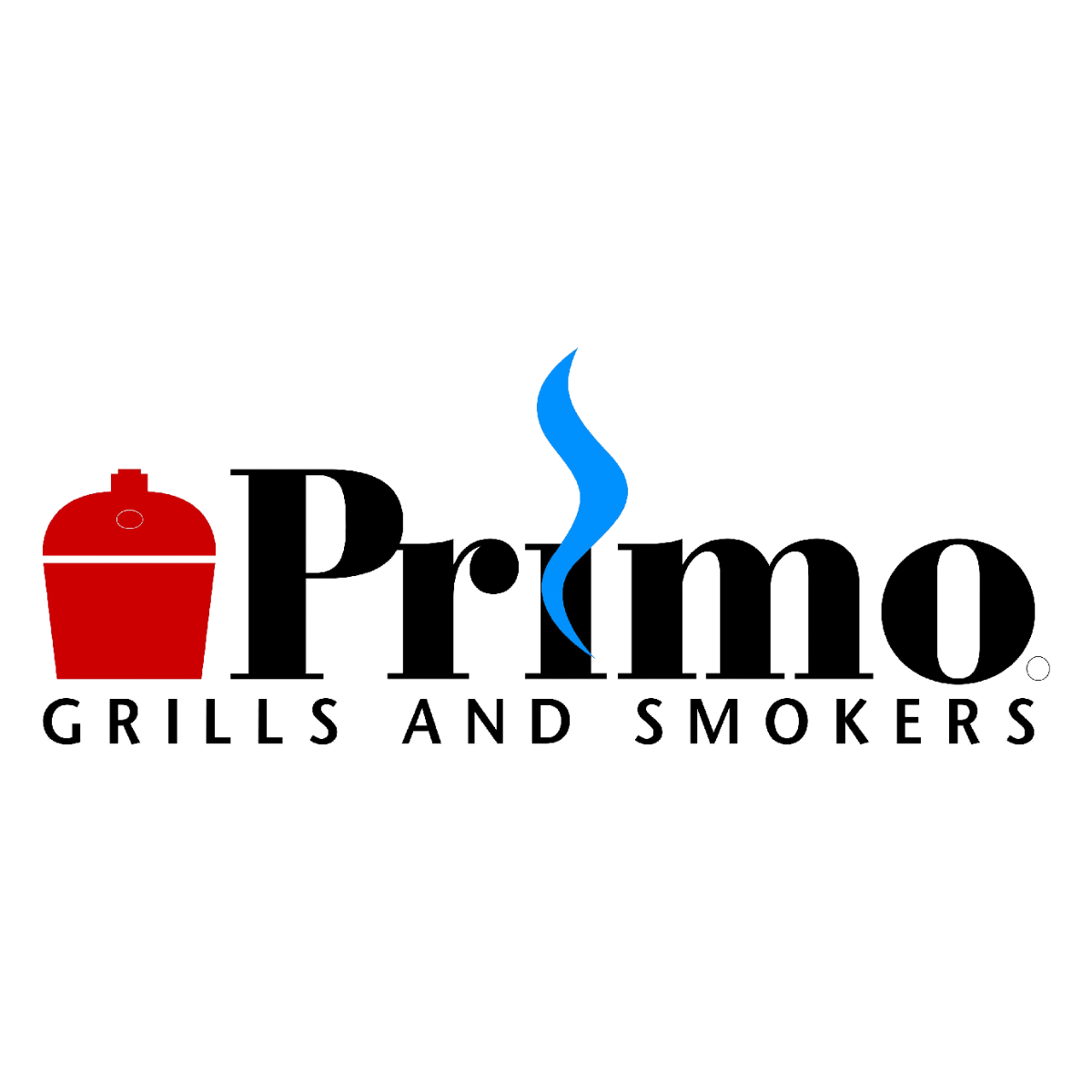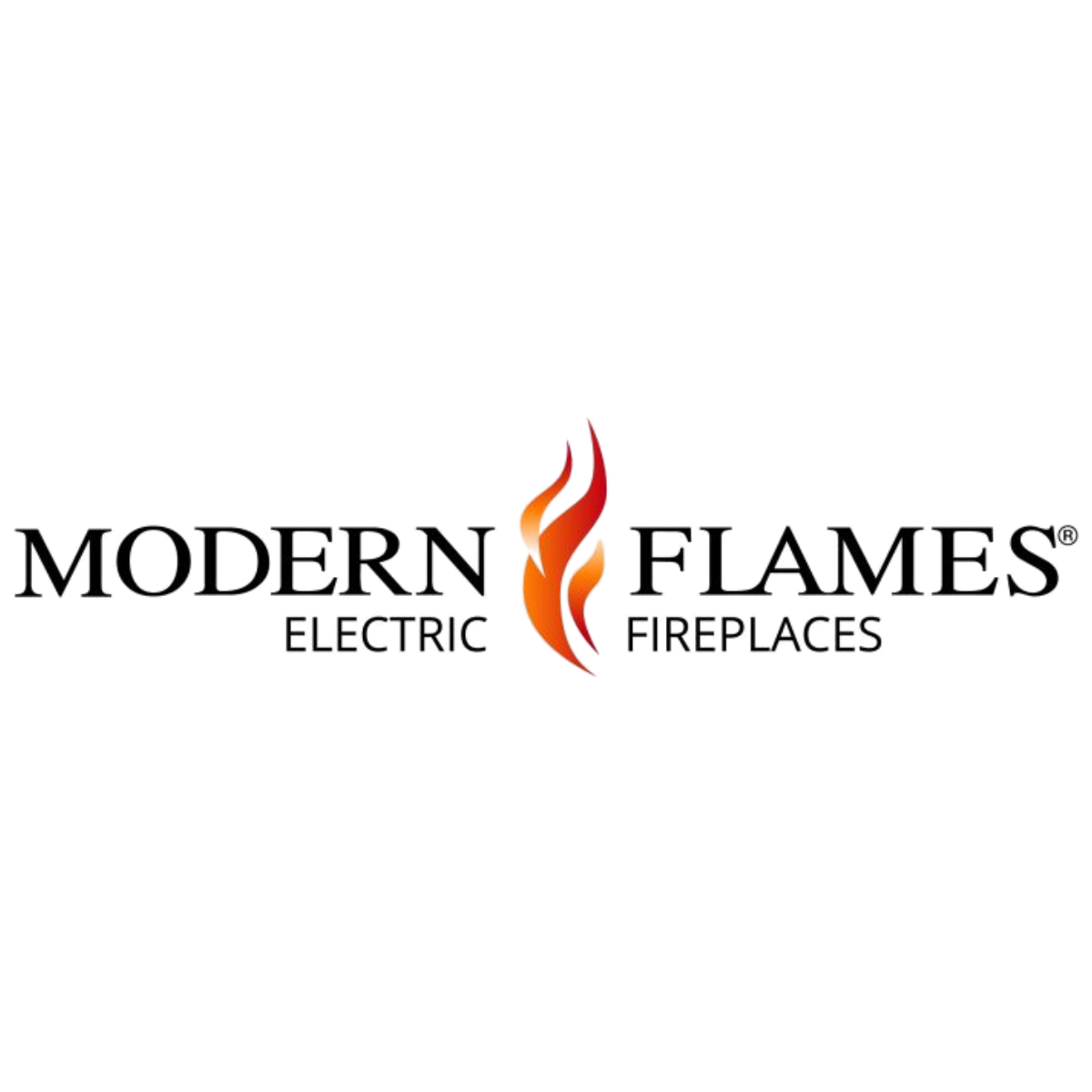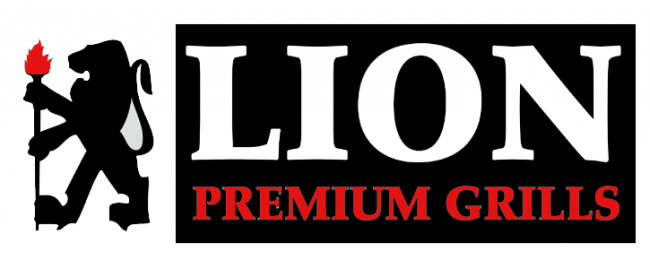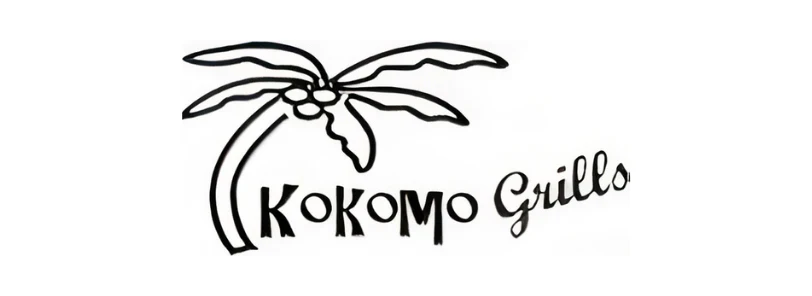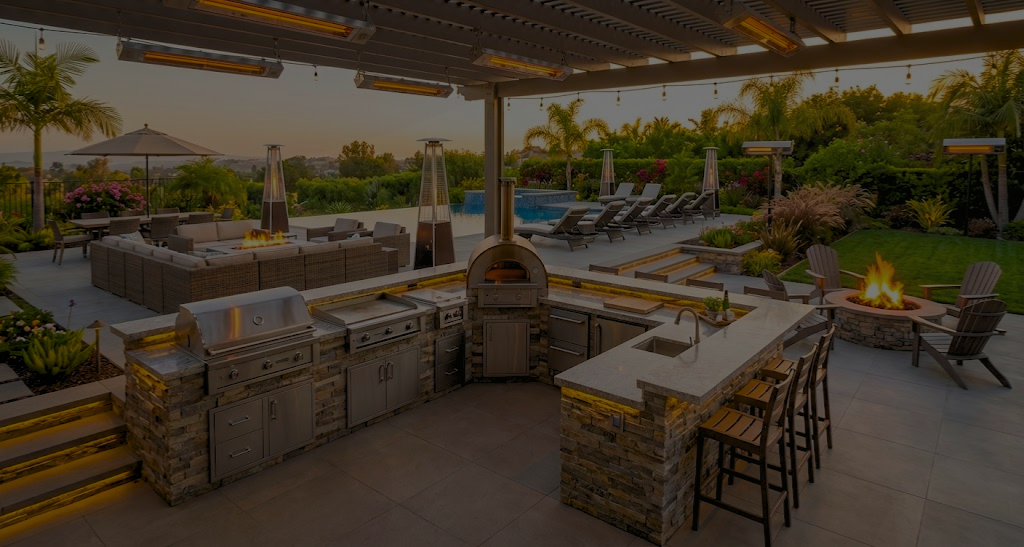
Blog
Why Are High-End BBQ Grills So Expensive?
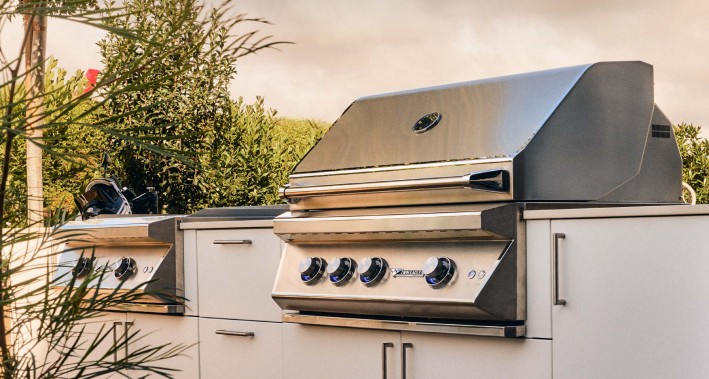
Breaking Down What You're Really Paying For
Why Are High-End Grills So Expensive?
If you’ve browsed luxury grill brands like Lynx, Hestan, Twin Eagles, Firemagic or Kalamazoo, you’ve likely experienced sticker shock. So why are high-end grills so expensive? The short answer: they’re built differently—inside and out. With premium materials, commercial-grade engineering, and thoughtful features, these grills are designed to outperform and outlast everything else in the backyard.
In this article, we’ll explore what makes them worth the price and give you easy tests you can do in-store to spot the difference between true quality and clever marketing.
What Sets High-End Grills Apart
At first glance, a grill is just a grill, right? Not quite. High-end grills stand apart in nearly every way—from the materials used to how they’re engineered and supported after purchase. They’re not just appliances—they’re built to be centerpieces of your backyard for decades.
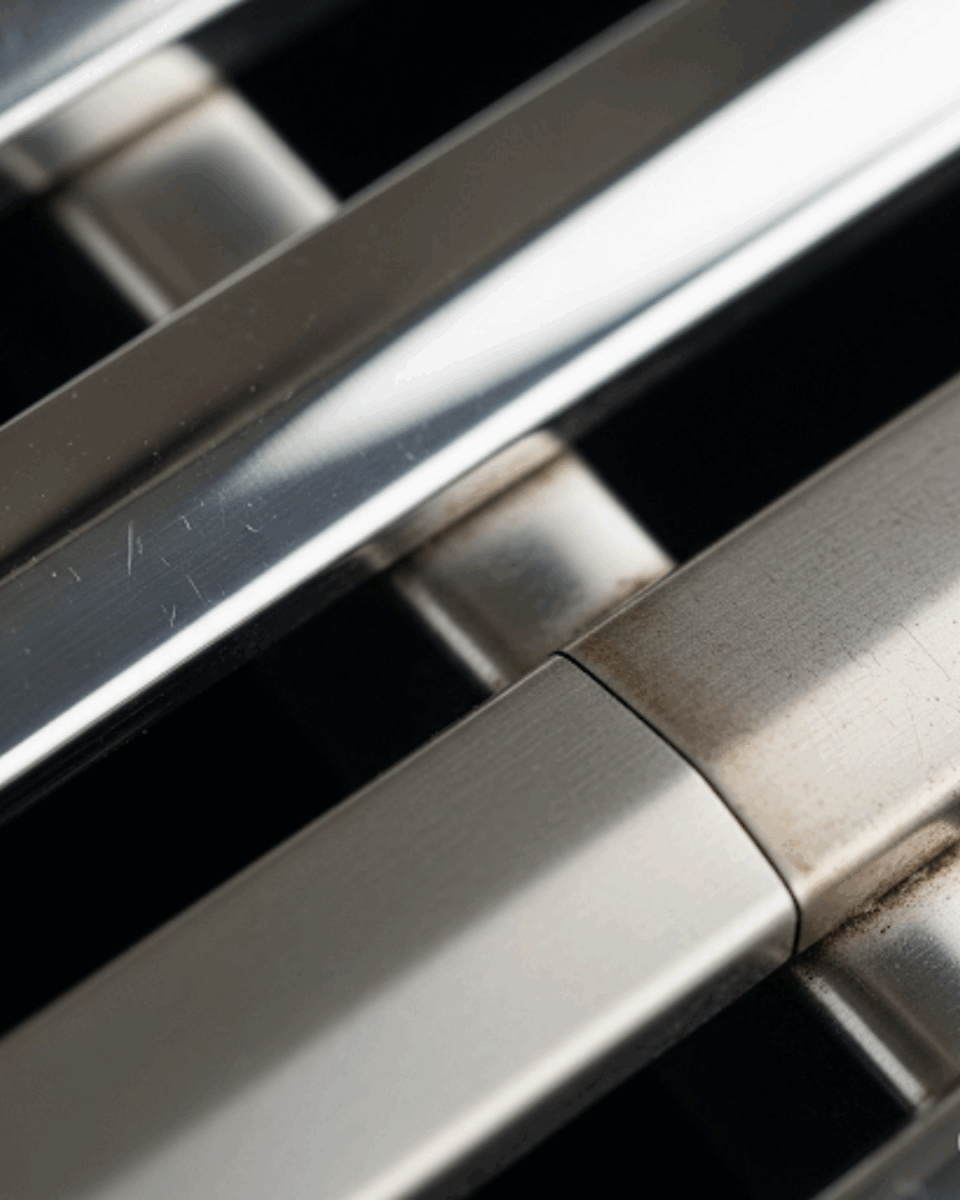
🧱 Not All 304 Stainless Is Equal
While many grills advertise “304 stainless steel,” not all 304 is made equal. According to industry data, standard 304 stainless steel contains approximately 18–20% chromium and 8–11% nickel. But luxury grills often use double-wall or double-layered 304 steel that’s heavier gauge and contains more nickel, making the steel more corrosion-resistant and durable than the thinner, lower-nickel variants found in less expensive models.
Nickel is critical to stainless steel’s protective qualities: it stabilizes the austenitic structure, significantly reducing rust in humid or coastal environments . In contrast, cheaper stainless like 430 grade contains under 1% nickel, offering far less protection and longevity.
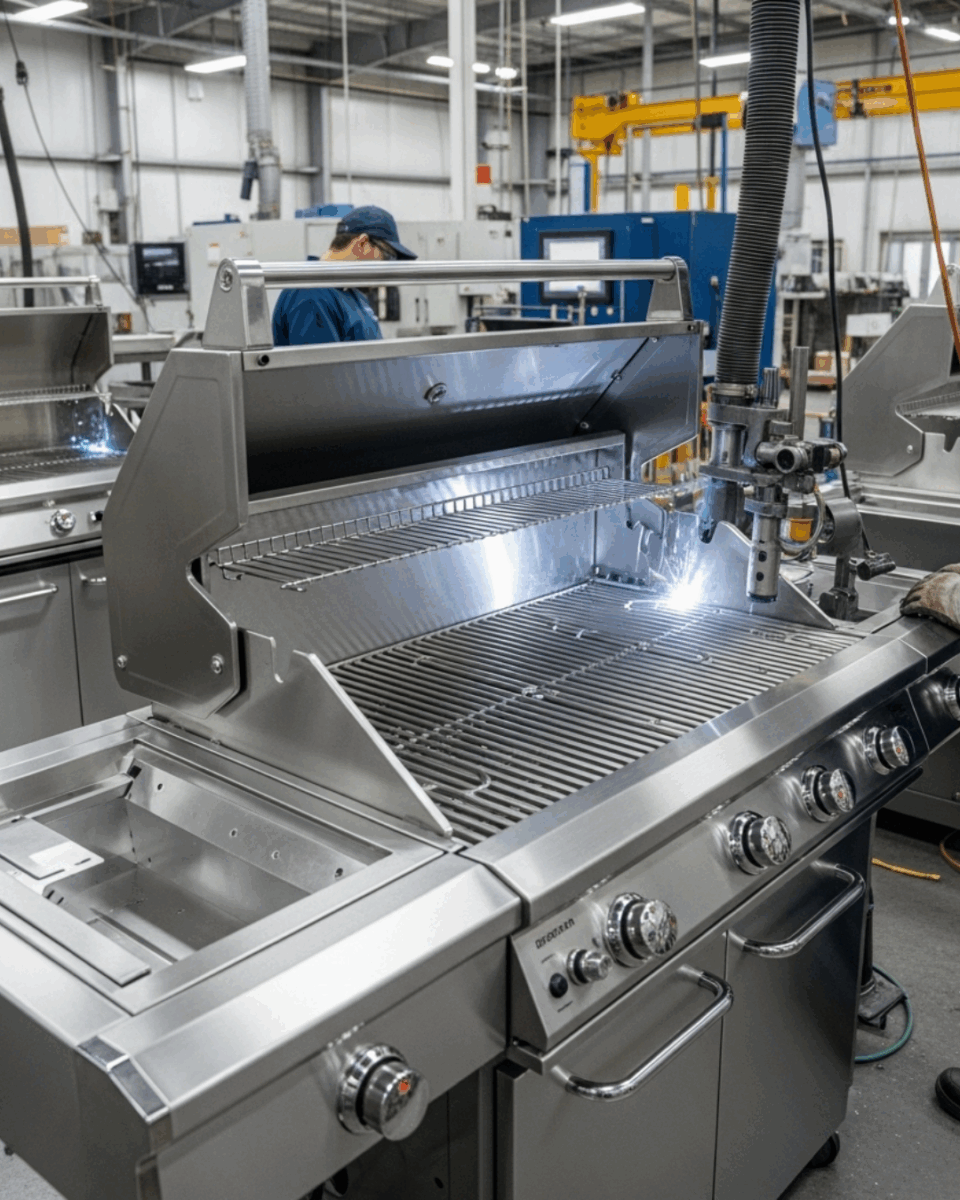
🛠️ Construction Quality You Can Feel
Another major price driver is how the grill is assembled. Mass-market grills are often bolted together, with rivets and screws exposed at every joint. These can loosen over time due to heat expansion and contraction, leading to rattling parts and compromised safety. High-end grills, by contrast, are seam-welded—each part meticulously joined for strength, aesthetics, and longevity.
The difference is clear the moment you open and close the hood. Premium grills feel substantial, like closing the door on a luxury car. There’s no flex, no misalignment, just a solid seal. The quality is tactile.
🔥 IT'S ALL ABOUT THE BURNER
The burners are the heartbeat of any grill, and in high-end models, they are engineered not just for power, but for precision and durability. What sets luxury grills apart is their use of premium burner designs that deliver even heat, resist clogging, and last for years with minimal maintenance.
U-Shaped Stainless Steel Burners
Unlike entry-level grills that use cast iron or low-grade steel burners—which are prone to rust, clogging, and uneven heat—most luxury models come equipped with U-shaped burners made from high-quality stainless steel. These burners are designed for:
Optimal heat distribution across wider surface areas
Reduced flare-ups thanks to balanced flame output
Increased resistance to corrosion and clogging from grease or debris
The U-shaped design ensures more consistent cooking temperatures across the grilling surface, especially in larger grills where hot spots are a common problem with cheaper units.
Ceramic H-Burners: A Step Beyond
Some elite brands, such as Lynx, take burner technology even further with ceramic H-burners. These burners retain heat longer and provide low-maintenance performance because ceramic is naturally resistant to rust and corrosion. Their “H” configuration also helps distribute flame more evenly than traditional straight bar burners.
The Lynx Trident™ Infrared Burner
A standout innovation in the luxury grill market is the Lynx Trident infrared burner. This commercial-grade system uses ceramic elements to produce ultra-high, direct radiant heat, capable of searing at over 1,000°F in under 60 seconds. The Trident design offers precise temperature control, allowing chefs to dial in anything from a low, slow roast to an ultra-fast steak sear.
These burner systems—U-shaped stainless, ceramic H-burners, and infrared Tridents—are not gimmicks. They reflect a commitment to engineered performance, ensuring that every meal is evenly cooked, every flame is reliable, and every component is built to last.
🧪 How to Test Grill Quality Before You Buy
🧲 The Magnet Test: Check the Stainless Steel Grade
If the magnet sticks strongly, it likely contains 430-grade stainless steel, which is cheaper and more prone to corrosion.
If the magnet does not stick or only slightly adheres, it’s likely 304 or 316 stainless steel, both of which contain higher nickel content and offer superior rust resistance.
Expert tip: Many budget grills only use 304 on visible areas, so check underneath the lid and behind doors for consistency.
🔩 The Lid Drop Test: Use a Pen to Check Rigidity
To test lid strength, place a pen horizontally on one corner of the firebox rim, then slowly close the lid.
If the opposite corner closes with the same gap as the pen, the lid is strong and well-balanced—likely double-walled stainless.
If the lid twists or closes unevenly, it’s a sign of thin, low-quality metal that may flex or warp over time.
This simple trick reveals real structural integrity—no tools needed.
🧱 The Grate Test: Weight, Material, and Finish
Remove a cooking grate and inspect it closely.
Heavy grates—especially cast stainless steel or ceramic-coated cast iron—retain heat better, resist warping, and create superior sear marks.
A smooth, even finish without flaking or sharp edges indicates professional manufacturing and coating application.
Flimsy wire grates are a sign of cost-cutting and often result in poor heat performance and faster degradation.
🧼 The Fit-and-Finish Test: Look for Manufacturing Precision
Stand back and inspect the entire grill for small but important visual cues:
Are the seams tight and cleanly welded?
Do cabinet doors align properly and close with a solid feel?
Are the control knobs firm, not wobbly or squeaky?
Is the grease tray accessible and removable?
These finishing details are often overlooked in cheaper models, but they matter for both functionality and longevity. A well-finished grill will not only last longer but also require less upkeep over the years.
🧠 The Brand Transparency Test: Ask the Right Questions
A quality grill brand should be upfront about its specs. If you’re unsure, ask:
What grade of stainless steel is used throughout the grill?
Are the burners made of cast brass, ceramic, or stainless steel?
What is the gauge (thickness) of the steel in the lid and firebox?
Is the frame welded or bolted?
Where is the grill manufactured?
What’s covered under the warranty and for how long?
If these questions can’t be answered clearly—either on the website or in person—that’s a red flag. Reliable brands are proud of their materials and construction.
Warranties and Long-Term Support
High-end grills are backed by serious warranties, often ranging from 10 years to lifetime coverage on major components like burners, grates, and housing. Manufacturers maintain parts availability for decades and provide access to certified technicians for service calls and maintenance.
